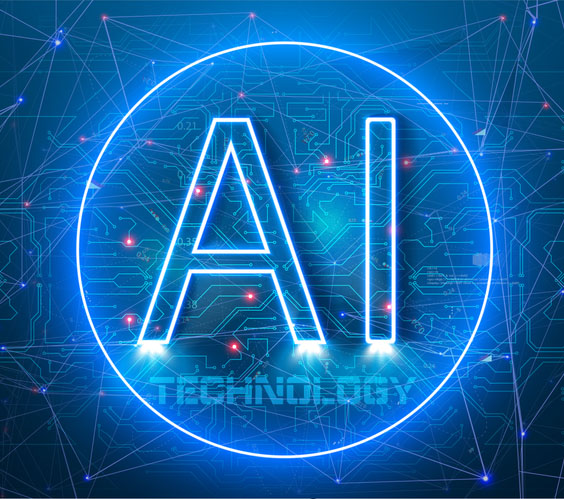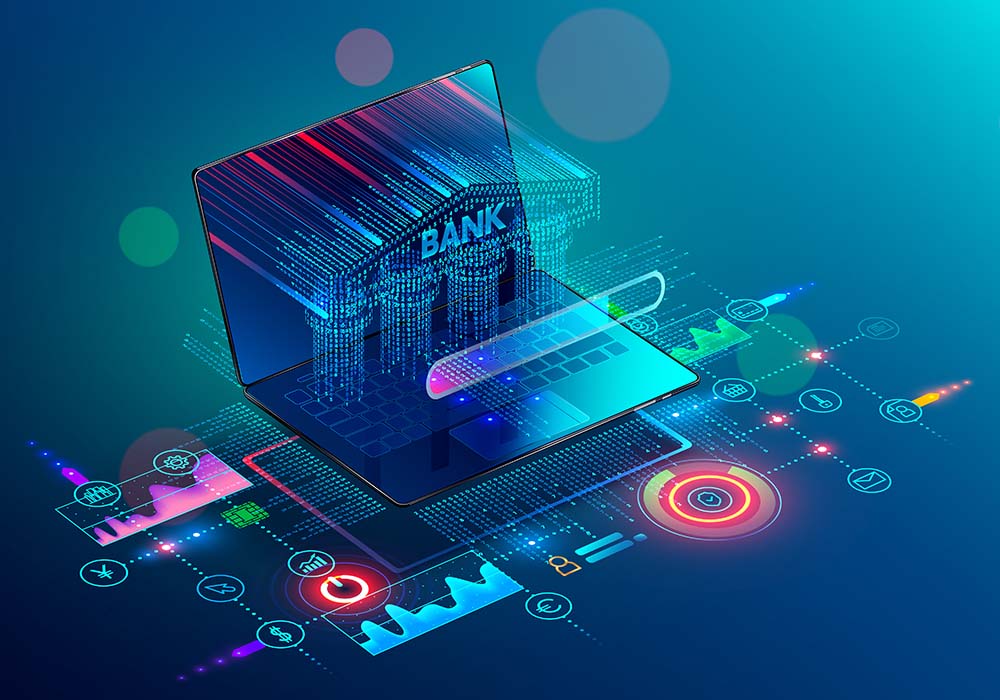AI & Machine Learning: Driving Automation & Resiliency for Banks & Customers
We've spent quite a bit of time on the emergence of artificial intelligence (AI) and machine learning (ML) as vital technologies for the banking space -- and for good reason. In today's competitive environment, every possible tool must be leveraged.
Steve Morgan, Banking Industry Market Lead at Pegasystems, contributed an informative commentary to Finextra regarding the strengths AI and ML bring to banks and their customers.

The "Technology Overlap" Question
Mr. Morgan addresses the common concern of "technology overlap" that banks feel they may confront when beginning to invest in AI and ML:
Banks should not be put off with the prospect of deploying and implementing AI and ML into their backend systems, even if they have legacy systems in place. By developing and implementing the appropriate AI-based technologies in conjunction with automation efforts, financial institutions can easily connect both together to drive enhanced, up-to-date financial applications. These functions can then collaborate with each other in harmony, rather than it being a fight of one over the other.

He further notes that financial institutions and their customers are, of course, very concerned with potential financial crime and fraud.
AI and ML can help here by facilitating enhanced risk detection and management through connecting case management tools with current fraud screening methods already in play. As part of an intelligent automation approach, AI and ML tools can also help banks more efficiently screen transactions for anomalies to improve detection and management of financial crime. This ensures security and protection of banks due to an encouragement of resilient operational processes, creating a strong backbone for their backend systems.
AI and ML Financial Benefits
Deploying AI and ML also means financial benefits, as Mr. Morgan explains:
- Banks can take advantage of AI powered enhanced backend system automation, which overcomes the repetitive, but necessary manual work employees would face without these processes in place.
- By automating these tasks, employees can focus on the more complex needs which may require a human touch or empathy, accomplished by implementing a best-of-breed AI system, which marries legacy systems with investments in newer technologies.
- The above steps allow banks to effectively cut operational costs as well as increasing workflow efficiency. Some banks have achieved impressive straight through processing of between 50 to 85 percent for complex detection and resolution processes. They have also been able critically to get the balance right between what to automate and what not to.
AL and ML Key For Automation and Increased Fraud Detection
As the banking industry continues its path towards automating back-end systems and tasks, AL and ML will continue to play a key role. These technologies enable banks to fully automate tasks that legacy systems and technologies could not -- including check processing.
Prior to introducing AI and machine learning technologies to check processing, the industry was leveraging OCR technologies, achieving an 80-85% accuracy and automation rate. Now, the industry is achieving 99%+ read rates and 99.5% accuracy by deploying AI and ML.

Furthermore, as check fraud continues to surge, financial institutions are leveraging AL and ML technologies to increase their capabilities for check fraud detection. This includes deploying behavioral analytic systems and image forensic AI to identify more counterfeits, alterations, and forgeries.
The future of banking will hinge on the efforts of financial institutions deploying innovative technologies like AL and ML. Early adopters are already reaping the benefits, but it will be the banks that assess their internal processes and deploy technologies specific to those functions or processes that will see the most benefits.